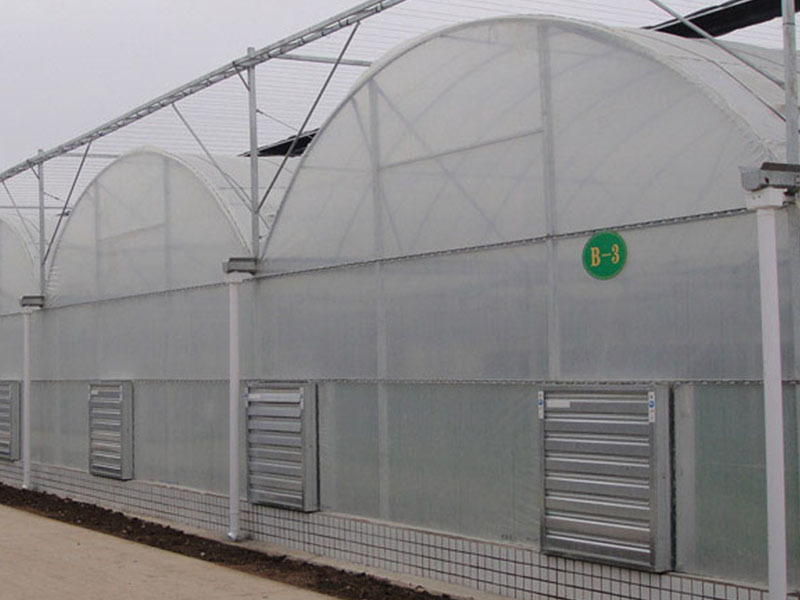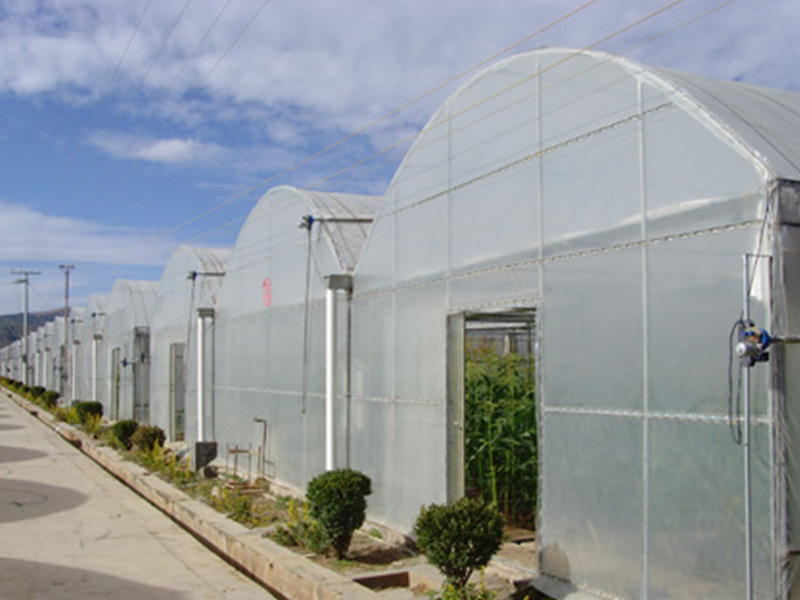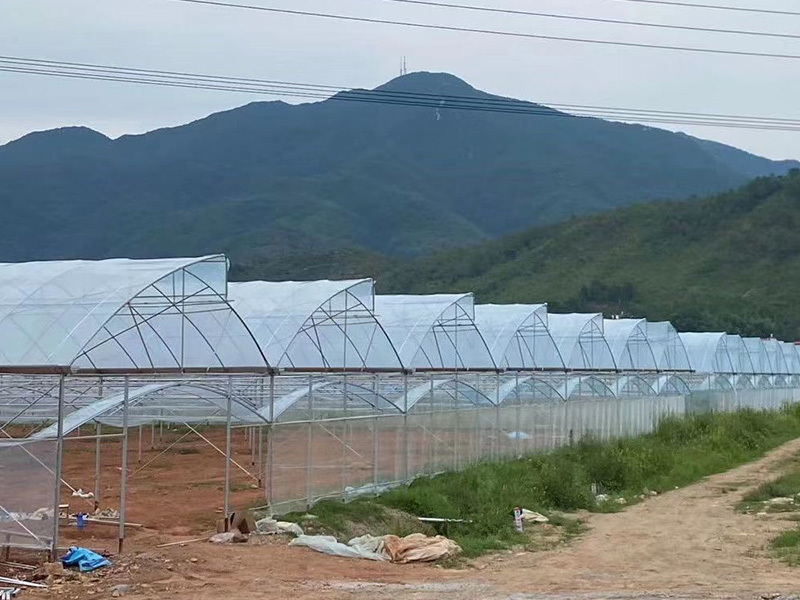-
-
Company Profile
-
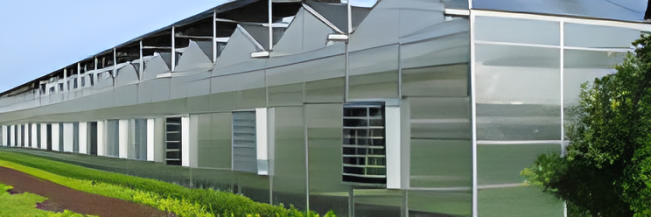
Greenhouse Structures

-
Polycarbonate sheet greenhouse
-
Glass greenhouses
-
Multi-Span film greenhouse
-
Tunnel greenhouse
-
Sightseeing greenhouse
-
Double-film frame solar greenhouses
-
Glass and polycarbonate sheet greenhouses
-
Glass greenhouses structures suitable for planting
-
Glass Greenhouse for Scientific Research
View More -
-
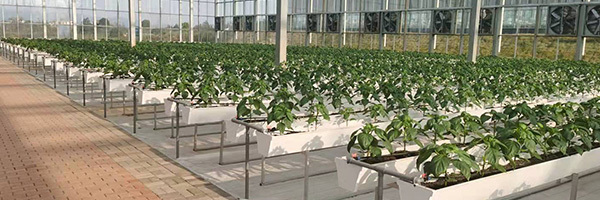
-
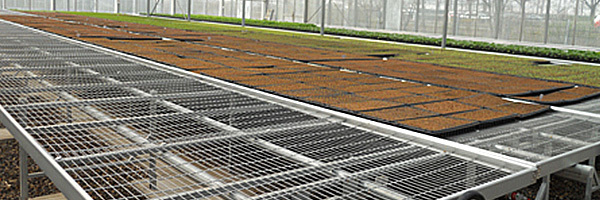
Products
Contact Information
No. 821, Floor 8, Block A, Tiancheng Building, Yunhe District, Cangzhou City, Hebei Province
 +
+Multi-Span film greenhouse
- Commodity name: Multi-Span film greenhouse
The WGK8011 type is a round arch type top window greenhouse. The top and all around are inflatable film covering the greenhouse skeleton is light steel structure. The ventilation of the top made of hot-dip galvanized steel pipe is controlled by gear and rack opening electric control. The ventilation rate of this window is more than 20%, and the ventilation effect is good.- Product Description
-
The WGK8011 type is a round arch type top window greenhouse. The top and all around are inflatable film covering the greenhouse skeleton is light steel structure. The ventilation of the top made of hot-dip galvanized steel pipe is controlled by gear and rack opening electric control. The ventilation rate of this window is more than 20%, and the ventilation effect is good.
Features:
1. The roof window of the greenhouse is opened at the ridge of the roof, which conforms to the flow direction of hot air, is conducive to the flow of air and the loss of heat, and helps to cool down and dehumidify in summer.
2. The arc of the vault better meets the needs of rainwater downflow and snow reduction, and the design needs to be more ideal to improve the snow resistance of the greenhouse.
3. After the double-layer membrane is inflated, a thick air bag can be formed, which can effectively prevent the loss of heat and prevent the intrusion of cold air. Good insulation effect and low operating cost in winter.
4. The cost of the greenhouse is low, and it is an economical greenhouse suitable for planting flowers and vegetables in most areas of China.
Technical indicators:
Model/Parameter Building (m) Open room (m) Snow Load (kN/m²) Wind load KM/m2 Hanging Load KM/m2 Eave Height WGK8OIII 8 4 0.25 0.5 0.15 3, 4 With the development of society, people's living standards are constantly improving, and people now have access to a variety of vegetables throughout the year. Therefore, greenhouse-grown vegetables have become commonplace. To ensure that these vegetables maintain similar qualities to those grown outdoors, selecting the appropriate film for regulation becomes crucial. Here, I will introduce how to choose the right films for your greenhouse needs.
There are numerous types of greenhouse films available, such as polyvinyl chloride (PVC), polyethylene (PE), ethylene-vinyl acetate copolymer (EVA), and light-regulating films.
Polyvinyl Chloride (PVC) Greenhouse Films also include standard films with thicknesses ranging from 0.08 to 0.12 millimeters and widths of 1.0, 2.0, and 3.0 meters. Anti-aging films are produced by adding suitable anti-aging materials during the blow molding process of PVC. Anti-drip films incorporate a certain ratio of surfactants into the PVC film material, creating a surface tension akin to water to prevent the formation of droplets on the film surface. Dust-resistant anti-drip films feature an additional layer of film on the outer surface that resists dust accumulation, making them ideal for early cultivation of fruits and vegetables in greenhouses during winter and spring. The advantages of PVC greenhouse films include good moisture retention, high light transmission, excellent weather resistance, flexibility, ease of shaping, and suitability for use as a covering material for greenhouses, large, medium, and small-sized greenhouses. However, they have a higher specific gravity (1.3 g/cm³), meaning a certain weight of PVC film covers one-third less area than polyethylene (PE) film, increasing costs. Additionally, PVC films become hard and brittle in low temperatures and soften and sag in high temperatures.
Polyethylene (PE) Greenhouse Films encompass standard films that are produced directly from raw materials without added aging resistance agents, typically used in large volumes for large and medium-sized greenhouses, usually installed during the spring and autumn seasons. Anti-aging films are made by adding aging resistance agents to polyethylene resin during the blow molding process, extending the film's service life, reducing costs, conserving energy, and significantly increasing crop yields and economic returns. In cultivation, the focus is currently on expanding the use of different films. The anti-drip and anti-aging films, which have good drip-flow properties, weather resistance, light transmission, and moisture retention. These films are not only suitable for greenhouses and large, medium, and small-sized greenhouses but are also particularly practical for energy-efficient solar greenhouses in early spring cultivation. Insulating films can block infrared radiation, raising the temperature inside the greenhouse by 1-2 degrees Celsius, which performs better in colder regions. Multi-functional composite films possess various functions, including drip prevention, moisture retention, weather resistance, long service life, and some can even inhibit the formation of sclerotinia and gray spores. The advantages of PE greenhouse films are that they are lightweight, flexible, easy to shape, have good light transmission, are non-toxic, and suitable for various types of films, including ground cover. However, they have poor weather resistance and moisture retention properties and are difficult to bond. If PE films are to be used for greenhouse production, aging resistance agents, drip agents, and moisture retention agents must be added to meet the requirements of production.
Ethylene-Vinyl Acetate Copolymer (EVA) Greenhouse Films. EVA films, a new agricultural film material used in recent years, outperform both PVC and PE films in terms of light transmission, moisture retention, and weather resistance. Crops grown under EVA film-covered greenhouses can yield approximately 10% more than those grown under other types of films, and the film can be used continuously for over two years without deformation before aging. After use, EVA films can be conveniently recycled, minimizing pollution to soil and the environment.
Light-Regulating Agricultural Films: These films are made by adding rare earth elements and other functional additives to polyethylene resin, allowing for selective light transmission. They represent a new type of covering material that optimizes the use of solar energy.
The above information covers the properties and characteristics of various greenhouse films that our team has researched. Based on these comprehensive features, growers can select the most suitable film for their greenhouses. Choosing the right film is a critical step that cannot be ignored, as it significantly affects the freshness and taste of the products. Conversely, an unsuitable choice can lead to vastly different outcomes.



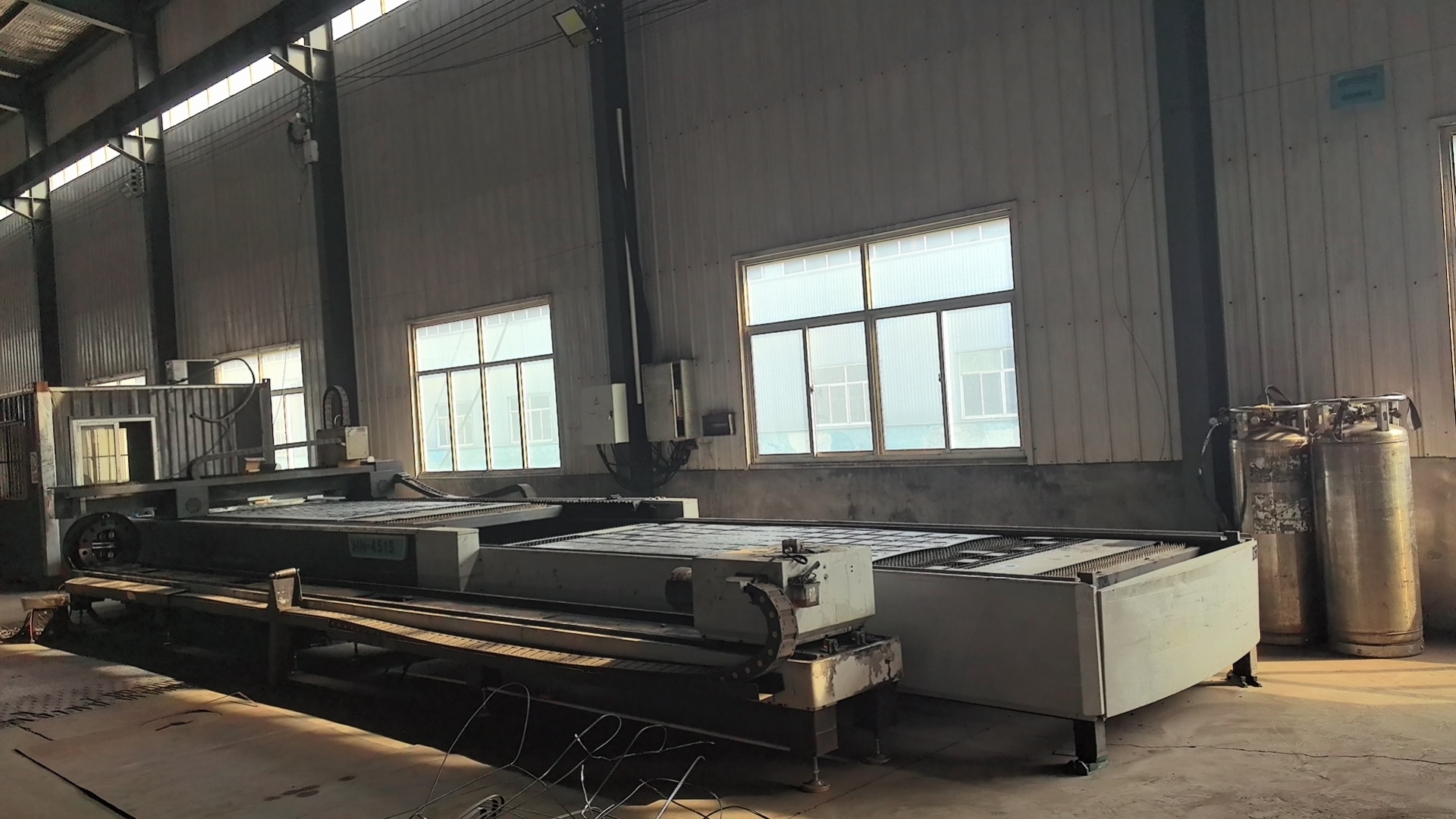
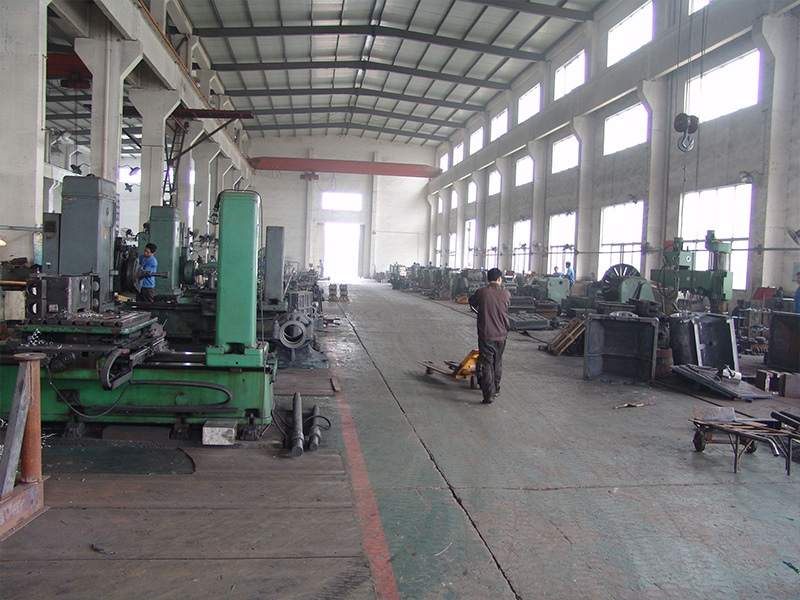
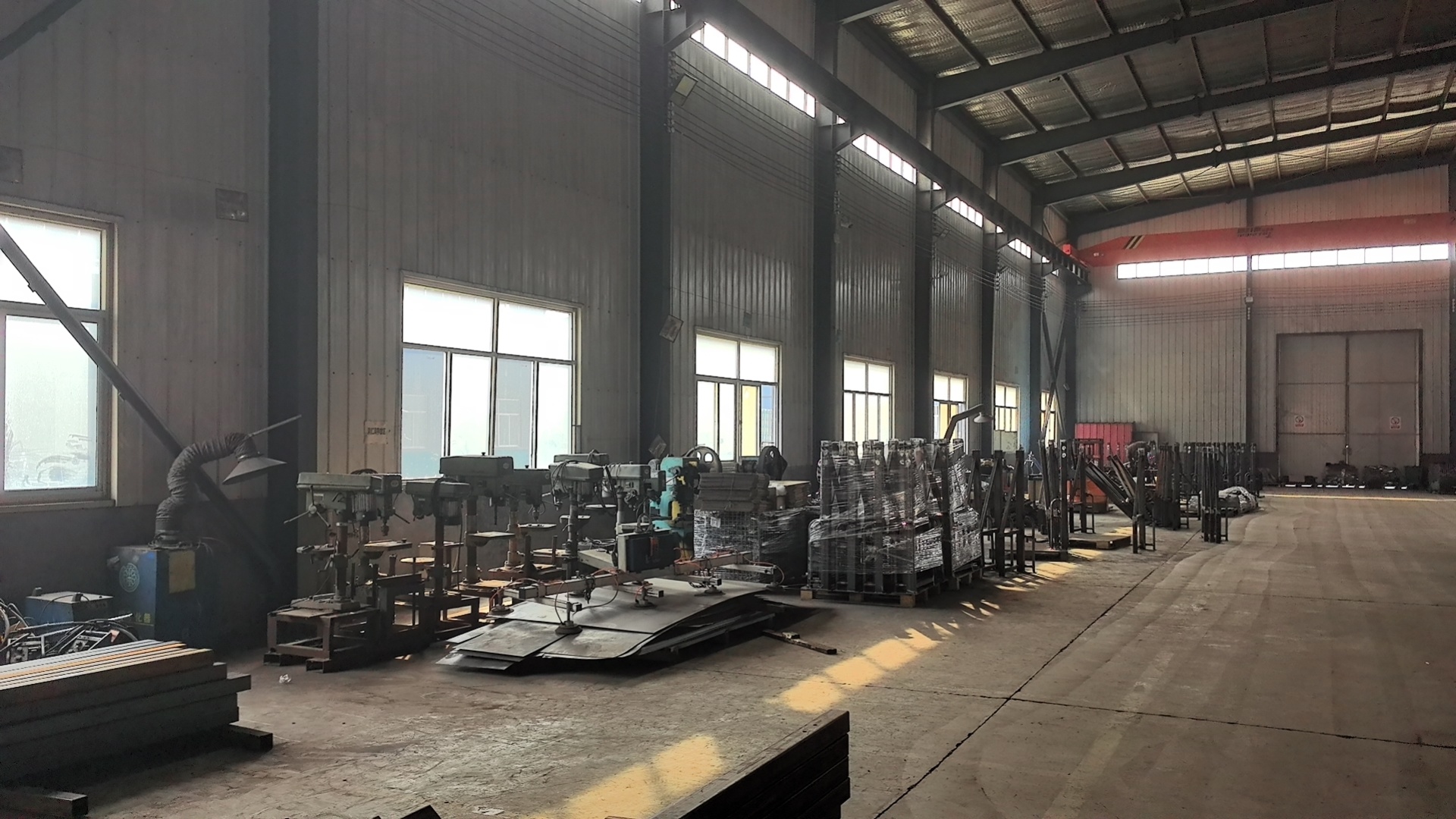
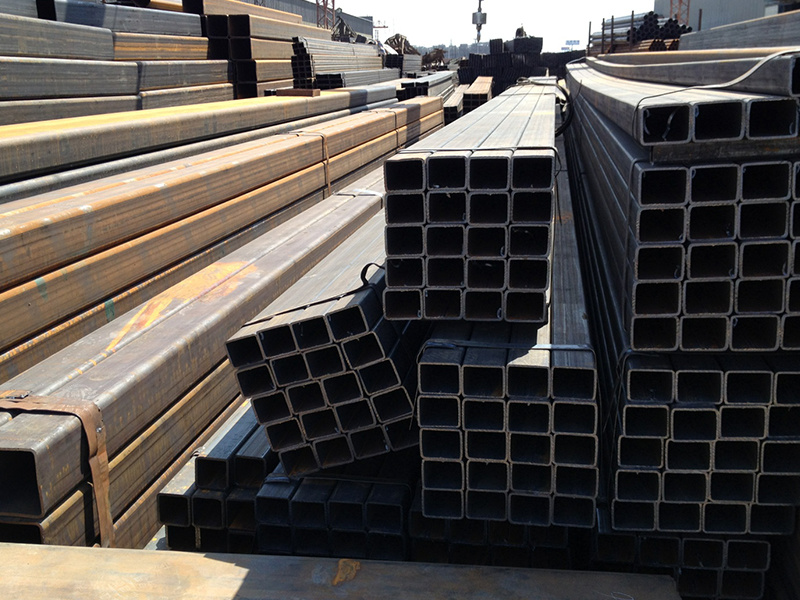

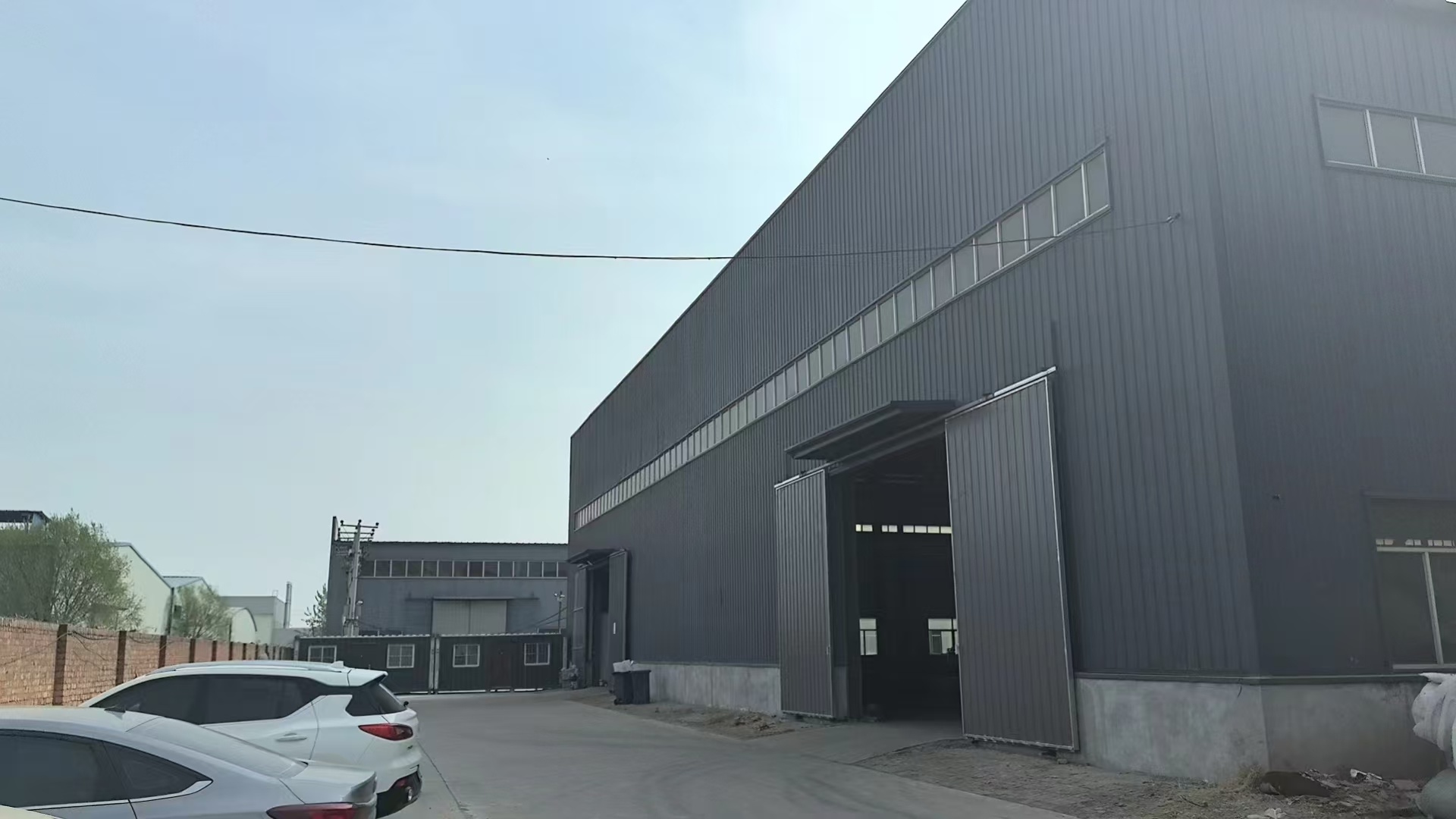
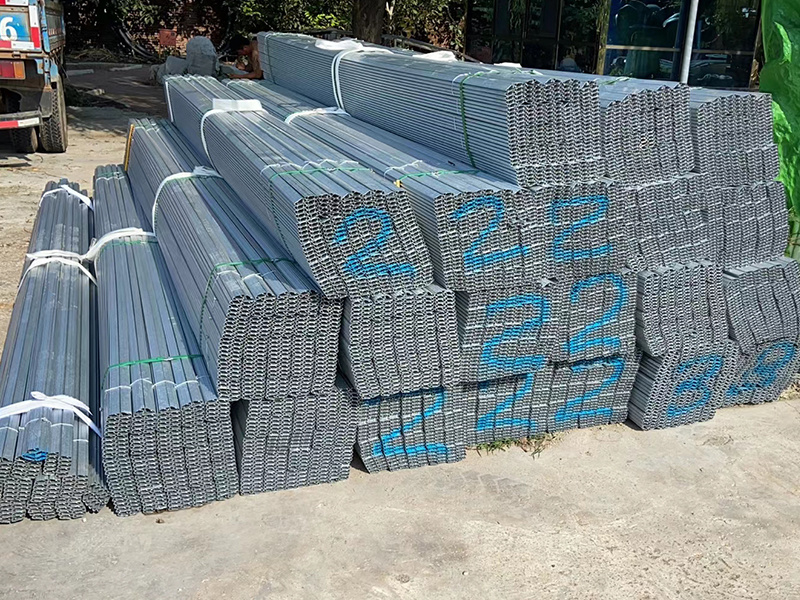
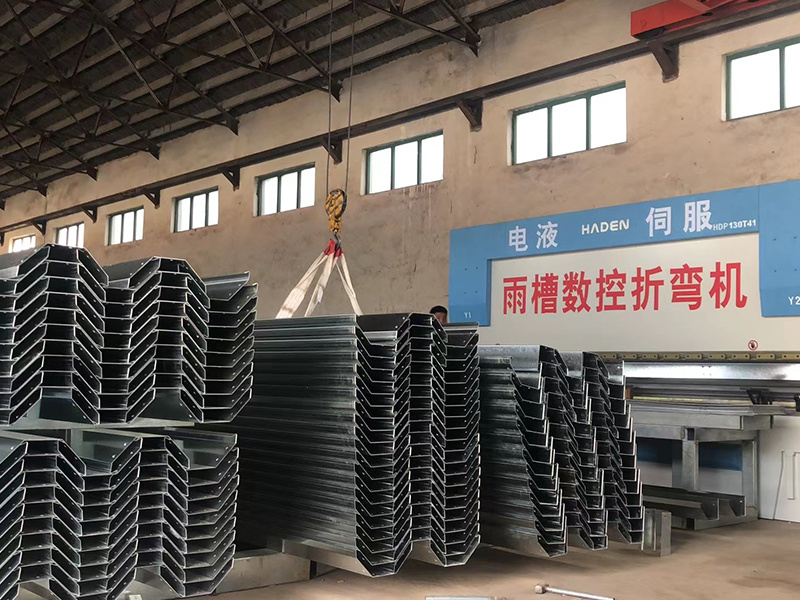
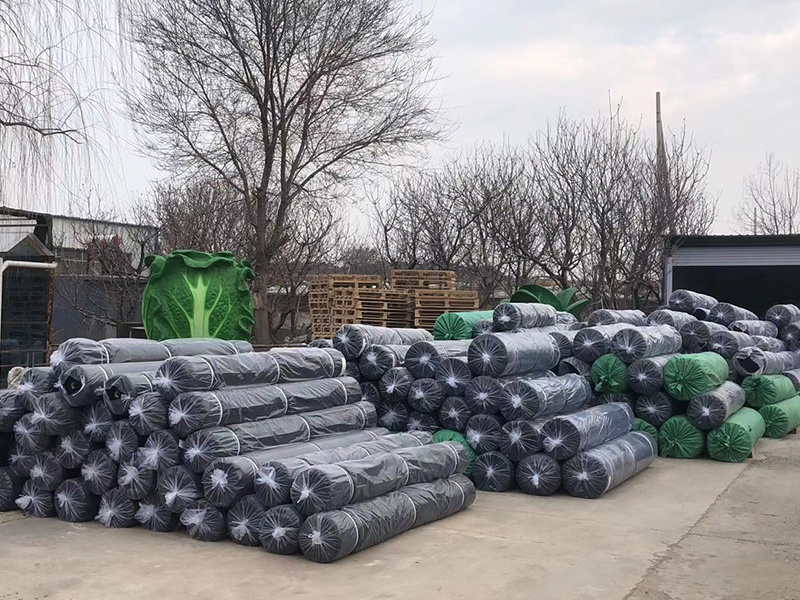
Factory inspection and delivery
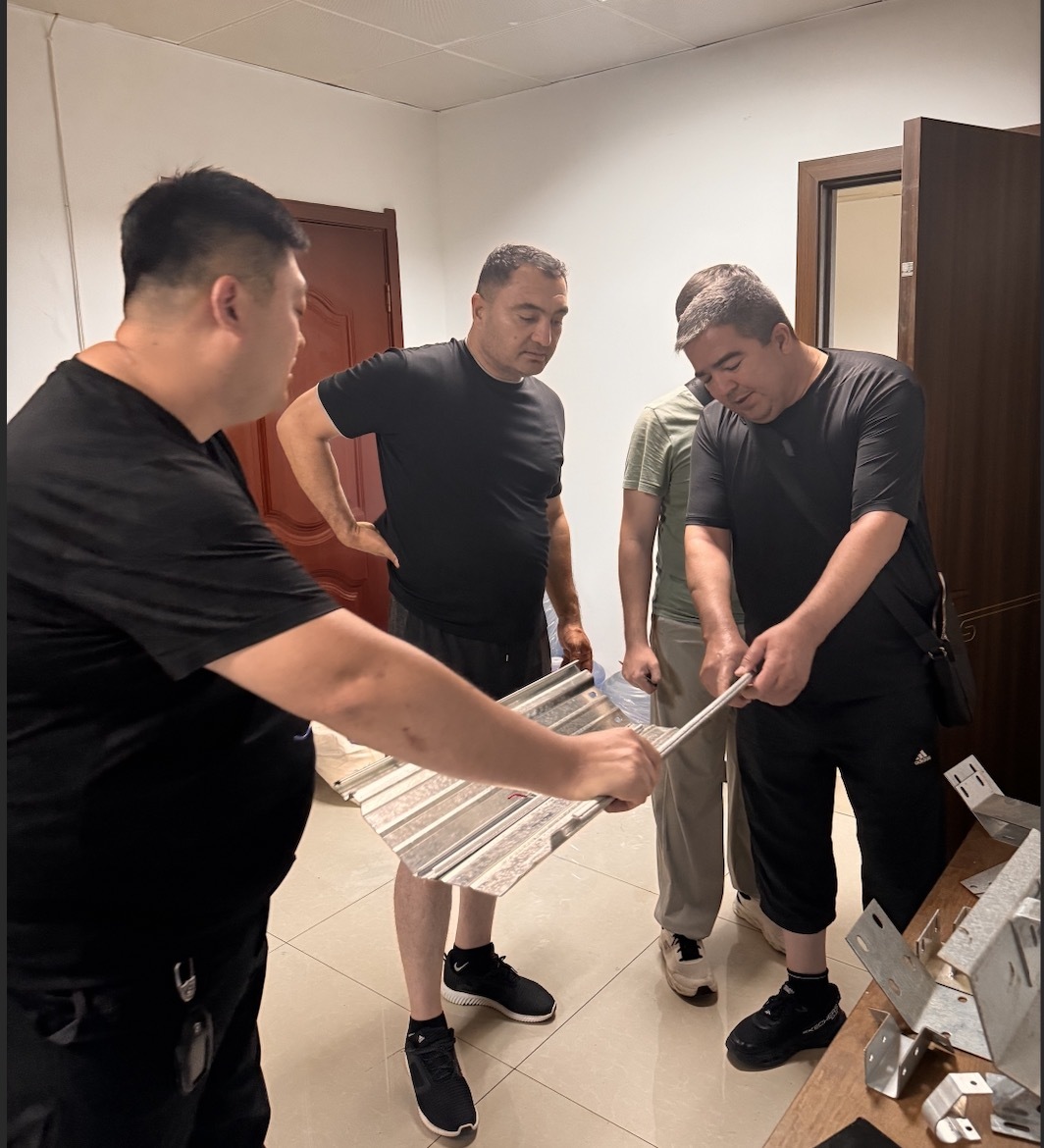
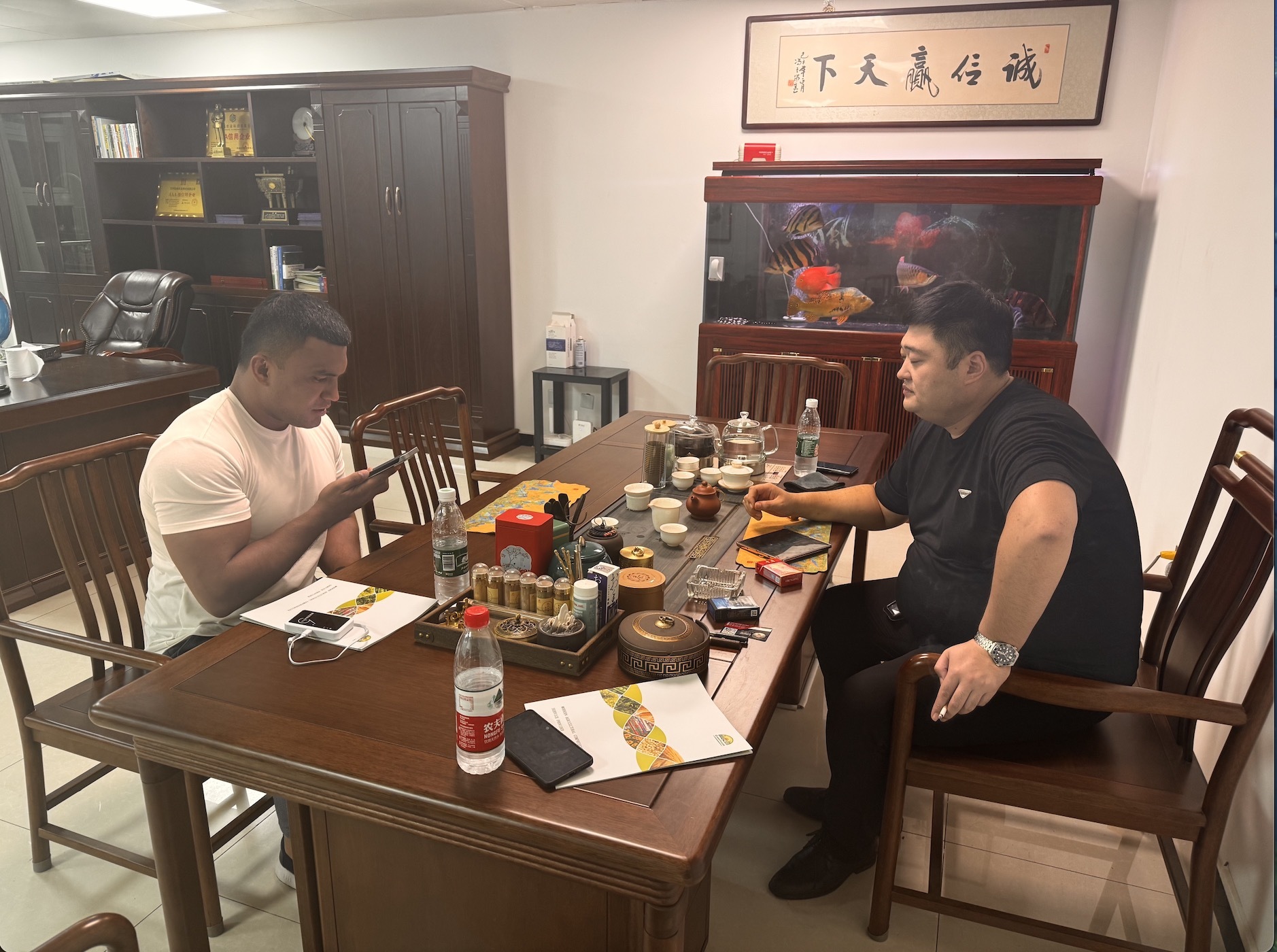







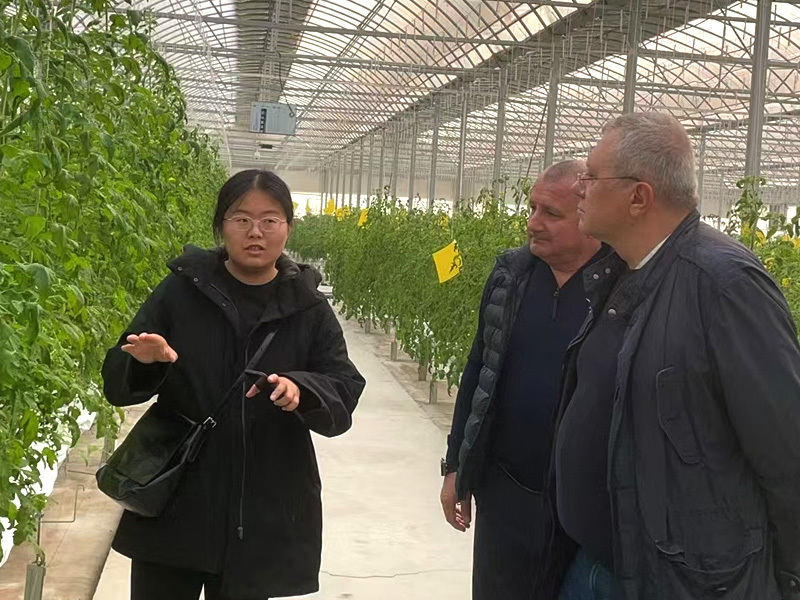


Key words:
Message
Note: Please leave your mobile phone or E-mail and our professionals will contact you as soon as possible!
Contact
Address: Hebei University of Technology Science and Technology Park, High tech Zone, Cangzhou City, Hebei Province
International Trade Office: Huashang Building, Yunhe District, Cangzhou City (500 meters east of Cangzhou West High speed Railway Station)
Tel:+86 15301369860

Online message
-







